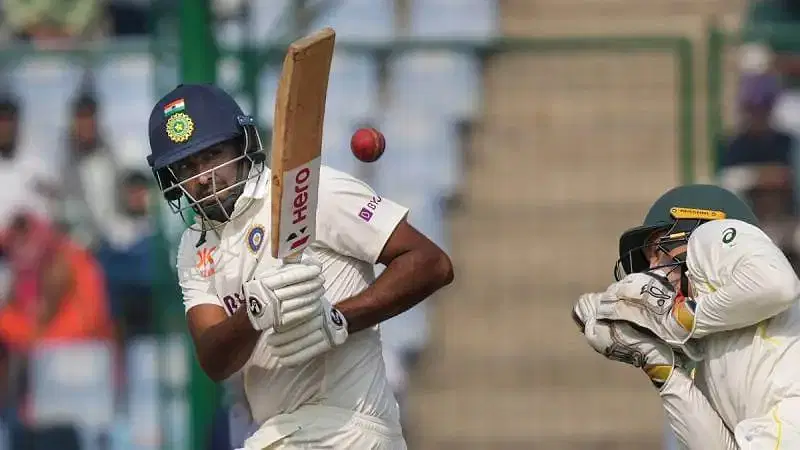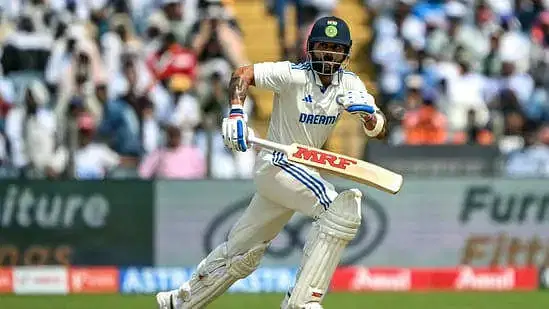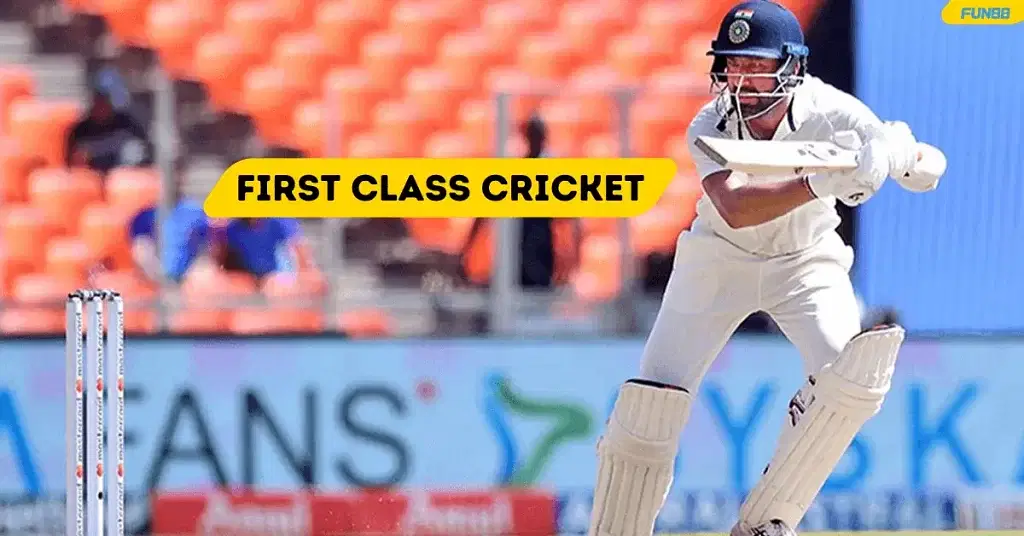When one thinks of India and cricket, images of packed stadiums and the roar of millions of fans immediately come to mind. Cricket in India is more than just a sport; it’s a passion that unites the diverse nation. While the glitz and glamour of the Indian Premier League (IPL) grab headlines globally, the bedrock of Indian cricket lies in its robust first class cricket system.
It is a foundational platform where players prepare to impact the national team. Consequently, its importance goes way beyond just a level of cricket. Let us understand this in detail.
The Origin of First Class Cricket
To appreciate the current stature of first class cricket in India, we must travel back in time. Cricket was introduced to India by the British as early as the 18th century. However, the concept of First-Class matches gained prominence much later.
The colonial city of Bombay, now Mumbai, became the hub for cricket, paving the way for competitive games that blossomed into what we know today. This cricket segment has stood the test of time, evolving alongside the country from the days of the British Empire to contemporary times.
What is First-Class Cricket?

First things first, let’s decode what first class cricket entails. Essentially, these are official matches of a high standard. They usually last three to five days, and each team bats twice, provided the game’s duration allows for it.
The foundation of this format is rooted in tests of endurance and skill, providing players with a platform to showcase their prowess over prolonged periods. Thus, it’s no surprise that this format is considered a stepping stone for cricketers aiming to break into international Test cricket.
Structure of First-Class Cricket
India’s first class cricket framework is predominantly structured around the Ranji Trophy, arguably the most prestigious domestic cricket competition in the country. Named after the legendary cricketer Maharaja Ranjitsinhji, the Ranji Trophy was inaugurated in 1934. From its inception, the tournament has expanded from 15 teams to currently including multiple teams representing different states and regions.
The structure involves a league followed by knockout stages, culminating in the finals. The teams are divided into groups based on various criteria, such as geography and past performance, ensuring a fair distribution of matches. Other tournaments, like the Duleep Trophy and the Irani Cup, are also in the spotlight, each serving a unique purpose in India’s first-class cricket structure.
While zonal teams contest the Duleep Trophy, the Irani Cup features a match between the Ranji Trophy winners and a ‘Rest of India’ team.
Related Read: How to Hold a Cricket Bat for Powerful and Accurate Shots?
First-Class Cricket’s Impact on Careers

It’s crucial not to underestimate the role played by first class cricket in nurturing budding talent. The pressure of multi-day matches teaches players invaluable lessons in strategy, patience, and perseverance. While the shorter formats revolve around quick decision-making and immediacy, First-Class matches demand a deeper, strategic thought process.
Many of India’s cricket legends honed their skills in this challenging format before ascending to international stardom. Icons like Sunil Gavaskar, Sachin Tendulkar, Rahul Dravid, and, more recently, Virat Kohli, have all acknowledged the profound impact first class cricket had on their development.
This format serves as a critical metric for selectors gauging talent and potential. Hence, strong performances here often lead to national call-ups.
First-Class Cricket Challenges
Despite its importance, first class cricket in India isn’t without its challenges. Over the years, the emergence of shorter formats, fueled by revenue and audience interest, has led to relatively packed biggest stadiums for ODIs and T20s, sometimes overshadowing the traditional format. Additionally, sustaining interest among younger players in the longer format remains a constant hurdle, as the instant gratification offered by shorter matches pulls them away.
Financial constraints faced by smaller teams and venues present another issue. While some states enjoy robust cricketing infrastructure, others lag, impacting the quality and reach of their domestic teams.
Addressing these disparities is vital to ensuring that talent from all corners of the country gets a fair platform.
First-Class Cricket Challenges Recent Innovations & Changes
Recognising these challenges, cricket authorities have initiated several measures to breathe new life into first class cricket. Improving infrastructure, increasing match fees for players, and providing better training facilities are just a few steps towards revitalisation. Furthermore, tying performances in domestic cricket to IPL contracts has motivated players to prove their mettle in this demanding format.
Technological integration has also contributed. Analytics and data-driven strategies are becoming increasingly common, helping teams and players hone their tactics and performances. Such innovations offer a modern twist to a traditional format, making it attractive to newer generations.
First-Class Cricket Expert Insights
To understand the current landscape of first class cricket and its future, we must lend an ear to those who’ve grown with it — the players and coaches. Speaking to veterans, one entity echoes across all discussions: the richness of experience and learning. It’s not merely about playing longer matches, but about the journey of self-discovery and resilience it fosters.
For coaches, first class cricket remains unparalleled as a tool for grooming raw talent into potential cricketing heroes. The intensity, pace, and mental toughness required to add dimensions to a player’s game that shorter formats can’t always instil.
Also Read: What is a Wagon Wheel in Cricket? An In-Depth Exploration
The Role of First-Class Cricket in Regional Development
In a country as vast and diverse as India, first class cricket plays a pivotal role in regional development, both in terms of sports culture and economic growth. With its distinct cultural ethos, each state rallies behind its cricket team with a fervour comparable to or sometimes surpassing its support for the national team.
This enthusiasm translates into more than just a love for the sport; it catalyses infrastructure development, job creation, and local revenue generation.
Cricket stadiums, often situated in urban hubs and smaller cities, attract significant public attention and investment. The process of organising first class cricket matches involves employing numerous local resources, ranging from ground staff and security personnel to hospitality and transportation services. This economic impact extends beyond the confines of the stadium, boosting local businesses through increased footfall during match days.
Furthermore, these matches serve as platforms for young talent hailing from rural and urban areas alike, offering them an opportunity to shine on a larger stage. This accessibility to professional-level cricket fosters a sense of pride and aspiration within communities, encouraging investments in sports facilities and training academies. Consequently, local talent who excel in first class cricket often returns as mentors, nurturing future generations of cricketers.
Regarding social development, first class cricket facilitates cultural exchange and shared experiences among different regional teams, inspiring unity amidst diversity. When players from various backgrounds come together on the field, they represent their regional teams and the broader tapestry of India’s multicultural landscape.
Also Read: How to Swing a Cricket Ball Like a Pro: Step-by-Step Guide
First-Class Cricket: Bridging Tradition and Modernity

Balancing tradition with modernity is a challenge that first class cricket continues to grapple with in the Indian context. On one end, it proudly carries the legacy of old-school cricket, emphasising skill, patience, and technical finesse. On the other, it faces increasing pressure to adapt to the dynamic appeal of modern formats driven by fast-paced action and entertainment value.
The Board of Control for Cricket in India (BCCI) has made a concerted effort to ensure that first-class cricket does not become outdated amid the growing popularity of limited-overs cricket. This attempt to make the game more viewer-friendly aligns well with attempts to catch up with contemporary cricket spectators’ expectations.
Additionally, giving live digital access to first class cricket through streaming platforms enables fans worldwide to witness the action firsthand. This global outreach expands the fan base and adds a modern twist to the traditional experience.
Simultaneously, mindful curation of domestic schedules has breathed new vigour into the sport. By aligning Ranji Trophy matches with international calendars, selectors can more easily distinguish performers primed for the international arena.
The close-knit association between selectors and domestic circuits ensures that those excelling in first class cricket still have their rightful shot at making it big.
India’s domestic cricket will continue to be a linchpin in the nation’s sports framework. The evolution of cricket sees changes in trends and preferences, and while T20 is likely to continue growing in popularity, the classical charm of First-Class matches retains a dedicated following. Producing cricketing greats won’t solely result from quick formats but a harmonious blend that includes the rigorous testing ground offered by first class cricket.
The future seems promising as domestic cricket aligns itself with modern demands. By addressing existing challenges and building on its core strengths, it will continue to contribute significantly to the cricketing world.
Star it if you find it helpful.

